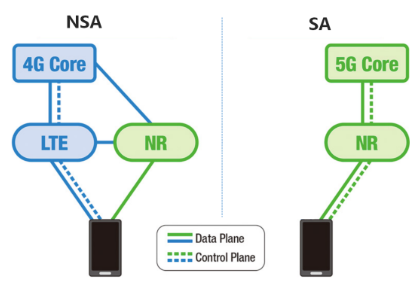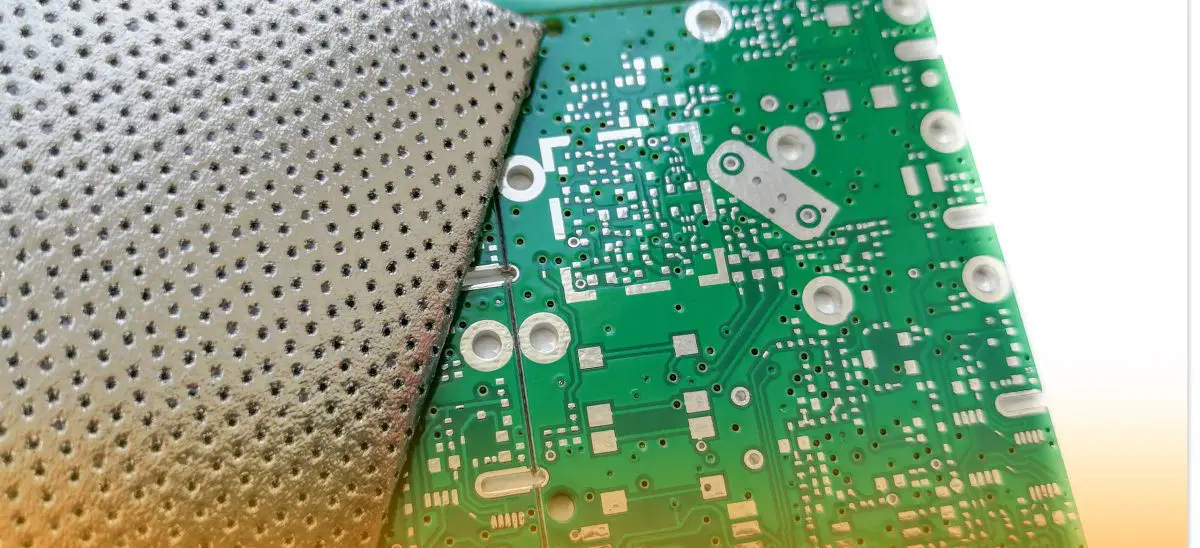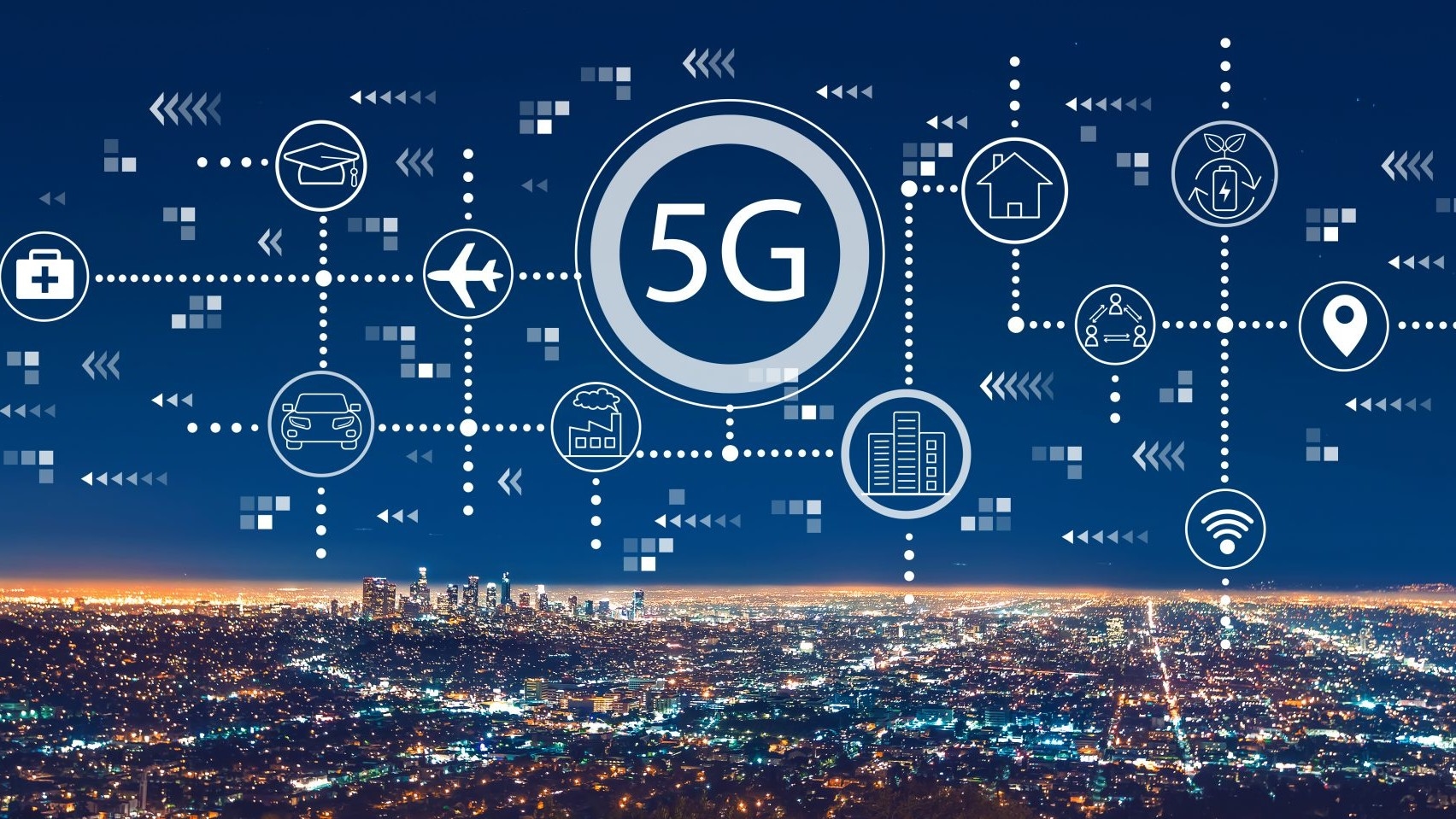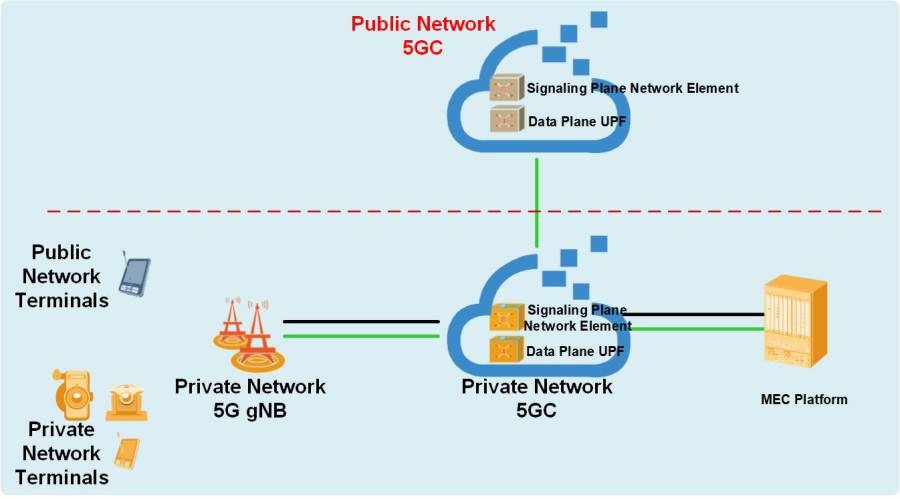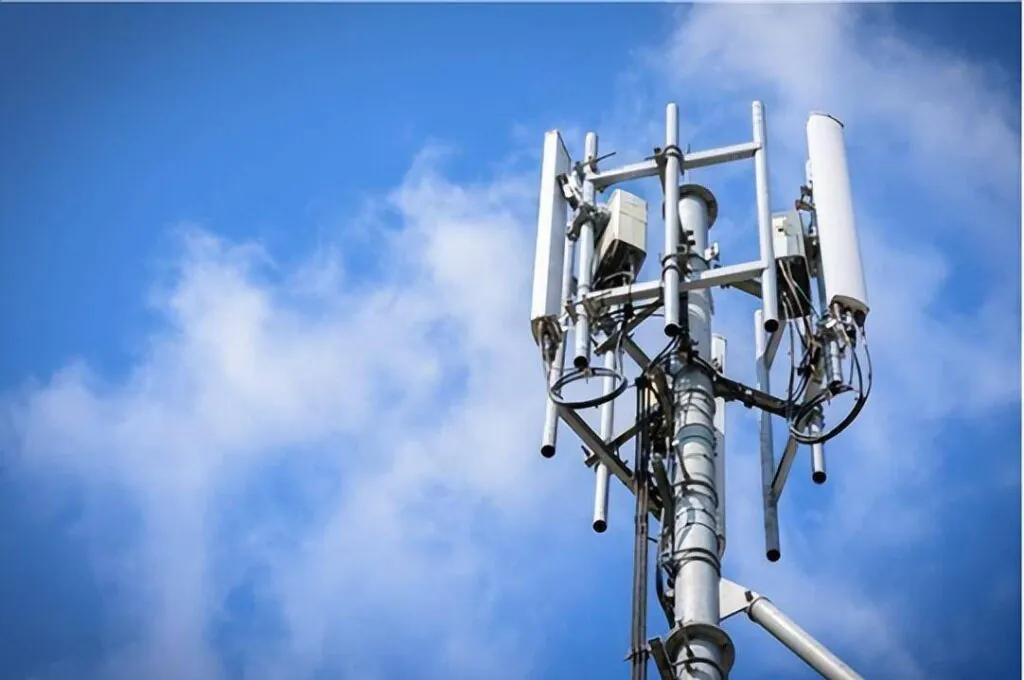With the widespread adoption of 5G networks, optimizing resource utilization while ensuring a differentiated user experience has become a central challenge for network evolution. Operators often adjust 5G-to-4G interoperability thresholds uniformly across networks to expand 5G coverage. However, varying radio environments across sites make a one-size-fits-all approach suboptimal. The dual intelligence network solution addresses this challenge.
Dual Intelligence Network Defined
The dual intelligence network combines network-level intelligent interoperability parameter optimization with user-level intelligent user orchestration. Intelligent interoperability adjustments enhance 5G retention and offloading ratios while maintaining network performance. Meanwhile, intelligent user orchestration migrates users with poor experiences to suitable frequencies or systems, ensuring consistent user satisfaction.
Key Technologies
The dual intelligence network relies on two core technologies:
Network-Level Intelligent Interoperability Optimization
This technology evaluates 5G cell performance metrics and user experience indicators to automatically adjust 5G-to-4G interoperability parameters. It expands 5G coverage and increases retention ratios while ensuring stable network performance, thereby enhancing overall service capacity.
User-Level Intelligent User Orchestration
This technology monitors user experience in near real-time, migrating users with degraded performance to optimal 5G frequencies or 4G cells. It provides a fallback mechanism for interoperability adjustments and supports network parameter optimization, improving overall performance.
Intelligent Interoperability Optimization Details
This technology assesses key 5G cell metrics to adjust interoperability thresholds, such as connected-state A2 event thresholds, time-to-trigger (TTT), and idle-state reselection thresholds for non-co-frequency cells. This enables a tailored strategy for each base station, expanding 5G coverage and retention while minimizing impact on user experience.
During an evaluation window, if performance metrics meet predefined thresholds, the system lowers the A2 threshold or adjusts TTT to reduce 5G-to-4G handovers. Post-adjustment, the system monitors cell metrics during rapid and extended evaluation periods. If performance degradation exceeds limits, parameters revert to their previous state; otherwise, the adjustments are retained.
The A2 threshold¡¯s lower limit must exceed the blind redirection A2 threshold and meet a minimum retention ratio threshold. If TTT adjustments are enabled, TTT increases only after the A2 threshold reaches its minimum. Manual parameter changes during evaluation reset the automation process.
Intelligent User Orchestration Details
This technology monitors individual user performance in real-time, considering terminal capabilities, service demands, and network conditions (e.g., coverage, cell load, and channel quality). Using an AI-driven radio fingerprint grid, it migrates users to optimal frequencies or systems, including intra-5G frequency shifts or 5G-to-4G transitions.
Key functions include:
- Source Cell User Experience Evaluation:
- Uplink quality switching based on signal-to-noise ratio and congestion.
- Downlink quality switching based on quality, low throughput, and congestion.
- Target Cell Selection:
- Neighbor cell load assessment (RRC user ratio, resource block utilization).
- Downlink coverage and quality (RSRP, RSRQ, SINR).
- Uplink quality (signal-to-noise ratio).
- Downlink air interface capacity estimation.
- Rapid Migration:
- Measurement-free frequency switching using fingerprint grids.
- Measurement-free system switching using fingerprint grids.
Practical Deployment
The dual intelligence network has been deployed across thousands of sites by China¡¯s major operators. In one key city, the initial 5G-to-4G threshold was -112 dBm with a 320 ms TTT. After enabling interoperability optimization and user orchestration, user experience remained stable.
Results included:
- Of 1,148 NR cells, 31.27% retained original configurations, while 68.73% successfully adjusted thresholds.
- From May 4¨C8 compared to April, 5G traffic increased by 6.70% and offloading ratio by 1.75% in the deployment area, versus 5.04% and 1.24% in a control area.
- Net gains were 1.66% for 5G traffic and 0.51% for offloading ratio after accounting for natural growth.
- Inter-5G handover success rate improved by 0.15%, with stable performance metrics and no additional complaints.
- User experience metrics improved, including CQI excellence rate (+0.23%), RRC reestablishment ratio (+0.06%), uplink high path loss ratio (+0.53%), uplink low-rate UE ratio (+0.17%), and downlink low-rate UE ratio (+0.39%).
Conclusion
As wireless networks evolve from 1G to 5G, manual optimization has become inefficient and inconsistent. Intelligent automation is the future, enabling networks to self-assess and self-optimize dynamically. By leveraging near real-time user experience monitoring, the dual intelligence network ensures optimal service delivery for users.
 ALLPCB
ALLPCB


